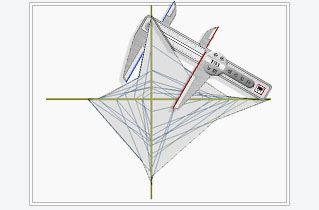Knowledge you can build upon
What is Organizational Engineering?

"I Opt" is the visible face of Organizational Engineering. It is the "ruler" that defines what is there and how much of it there is. Organizational Engineering is the theory that describes what causes what and why. In other words, "I Opt" measures the condition and Organizational Engineering tells you what to do about it.
The range of Organizational Engineering (OE) is from the individual level (puberty and older) to culture (shared values, beliefs and behaviors). It provides a means to understand, measure, predict and guide human behavior both individually and in groups. The end objective of the discipline is to produce visible, positive results of significant consequence and magnitude within a timeframe that is useful to the entity being addressed.

The diagnostic tools (i.e., analysis, reports, assessments, etc.) produced using "I Opt" and Organizational Engineering can be used without training or certification. This is possible because the technology produces definitive and explicit analysis that can be understood by anyone. Similarly, recommendations (if applicable) are specific and unambiguous. This means that the benefits of OE can be realized immediately by anyone with a need.
Use of the technology does not require knowledge of the underlying methods, processes and techniques. However, results can be enhanced and broadened if that knowledge is available. Professional OD people and consultants are encouraged to make themselves aware of the foundations of the discipline of OE. This knowledge will allow the professional to add insights and recommendations that are local to a particular group and beyond the reach of computer based "I Opt" analysis.
The professional is cautioned that "I Opt" and OE bear a family resemblance to tools that rely on psychology. The results of OE technology will not contradict any valid psychological tool. However, OE does not use any psychology or psychological tools or concepts in its assessment. Attempts to use psychological mechanisms to explain "I Opt" or OE findings is likely to result in error and confusion. "I Opt" and OE are complementary to psychology, they are not replacements. They both have their place and it is not as substitutes for each other.
OE uses human information processing at an individual level. Sociology is the tool of choice at the group level. The methods, tools and processes employed have been documented in the books Organizational Engineering (Salton, 1996) and the Managers' Guide to Organizational Engineering (Salton, 2000). The instrumentation has been validated across all eight validity dimensions in the book Validation of Organizational Engineering (Soltysik, 2000). These books are available from Professional Communications Inc. Recent discoveries, additions and enhancements are published in the Journal of Organizational Engineering (JOE) and are incorporated in the seminars Dr. Salton periodically holds in Ann Arbor, MI.